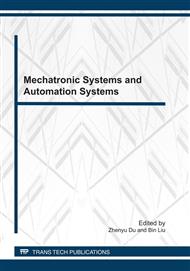p.542
p.551
p.557
p.562
p.568
p.574
p.579
p.585
p.590
National Technological Innovation Output Capacity Forecast and its Influence Factors Analyses in China
Abstract:
This paper aims to measure nation technological innovation output capacity and its developing tendency of China. The influence factors that impact the output of national innovation mainly come from three aspects. They are technological innovation activities, innovation external environment, and potential technological innovation resources. We finally adopt four factors (Expenditure for R&D (X1), Governmental capitals for R&D with percentage of GDP (X2), R&D persons per million labors (X3), Expenses of public education with percentage of GDP (X4)) to estimate the innovation output (measure by number of patents application accepted). Results of regression model that uses statistical data from 1989 to 2009 indicate total degree of correlation between them is 99.9%. All Variables play significant linear actions to dependent variables Y except X4. The number of patents application accepted per million persons is 9.518 (1276 thousand pieces in total) in 2010, with an error of 4.42%. This study may be useful for innovation output prediction and relevant decision making of China.
Info:
Periodical:
Pages:
568-573
Citation:
Online since:
June 2011
Authors:
Price:
Сopyright:
© 2011 Trans Tech Publications Ltd. All Rights Reserved
Share:
Citation:


